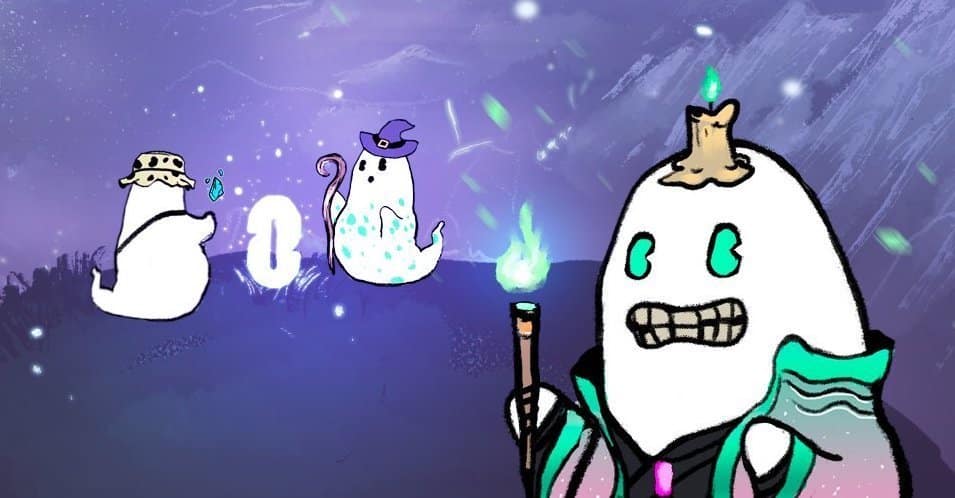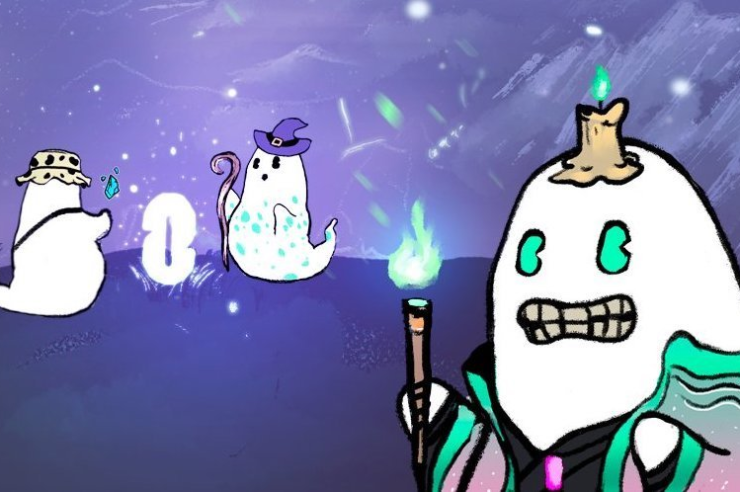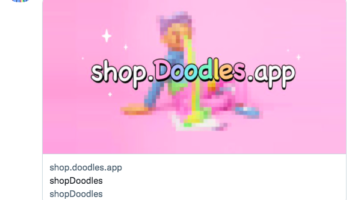Omnichain NFTs are the latest buzzword in the Web3 world. It all started when LayerZero Labs, a Canada-based firm, developed LayerZero, an interoperability protocol. In a nutshell, LayerZero forms the backbone of omnichain NFTs. Hence, you first need to understand what LayerZero is to better grasp all that omnichain NFTs entail.

What is the LayerZero protocol?
Put simply, LayerZero is an omnichain interoperability protocol that enables decentralized applications (dApps) to build across multiple blockchains in “a trustless, efficient manner”. In other words, it serves as a transport layer using which smart contracts can communicate across blockchains.
Over the last couple of years, the growing crypto ecosystem has given rise to several blockchain applications like NFT marketplaces, gaming, and more. However, there is a severe lack of infrastructure to support cross-chain operability. As a result, “users, data, and liquidity” are spread across applications built on different blockchains.
This is where LayerZero comes into the picture. It solves this issue through its omnichain interoperability protocol that brings together dApps across multiple blockchains.

“LayerZero unlocks a future of blockchains without borders,” said Ryan Zarick, CTO and co-founder, LayerZero Labs. “Users will interact with omnichain dApps that exist on multiple blockchains. These dApps will seamlessly communicate over LayerZero without the user even realizing it.”
Last month, LayerZero Labs raised $135 million from Sequoia Capital, FTX Ventures, Andreessen Horowitz, and others. With this, the firm will accelerate its development of the cross-chain dApps powered by LayerZero.
“By unlocking cross-chain composability, LayerZero is enabling developers to build decentralized applications that simply weren’t possible before,” added Ali Yahya, general partner at Andreessen Horowitz.
As of now, the protocol supports all the blockchains that use the Ethereum Virtual Machine (EVM). These are Ethereum, Binance, Avalanche, Polygon, Arbitrum, Fantom, and Optimism. In the future, the team will add support for non-EVM chains such as Terra, Cosmos, and Hub, among others.

Understanding Omnichain NFTs
Ever since the LayerZero protocol’s launch, the wider NFT community has been much excited about the prospects it brings to the NFT ecosystem. Essentially, thanks to LayerZero, NFTs can now become truly omnichain and enjoy wider capabilities.
For example, omnichain NFTs can have traits that are activated depending on the chain it is on. Or it can have certain utilities only when it’s on a particular chain. Alternatively, you can avoid paying exorbitant gas fees to buy an Ethereum-based NFT by simply choosing the same NFT on another network. The possibilities are quite endless!
For these reasons, NFT projects are now exploring omnichain interoperability. In fact, early this month, Gh0stly Gh0sts scripted history as the world’s first omnichain NFT collection. The stealthily dropped collection of 7,710, free-to-mint NFTs were quickly picked up in the market. Today, the project’s floor is at 0.41 ETH and has generated $16.4 million in trading volume so far on OpenSea.
To be sure, this is just the beginning of bigger things to come. As Gh0stly Gh0sts rightly said, “Omnichain NFTs are the future”. That said, omnichain NFTs are not limited to LayerZero. Some earlier protocols like UMA’s Optimistic Oracle offered similar capabilities.
In the weeks and months, we can surely expect more developments in the omnichain space. We can also expect more projects to hop on the bandwagon to reap the benefits omnichain has to offer.
Are you tired of missing important NFT drops?
Just check out our NFT Calendar!
Receive the biggest NFT news of the day & recommendations in our Daily newsletter.
All investment/financial opinions expressed by NFTevening.com are not recommendations.
This article is educational material.
As always, make your own research prior to making any kind of investment.






















Comments (No)